Sandra Nissim says that, as a high school student outside San Francisco, she was reluctant to attend a summer coding camp, despite the insistence of her parents.
That changed the first week.
“I was hooked. It totally changed what I wanted to do with my life,” she says.
The next year Nissim became the co-president of a new chapter of Girls Who Code, a nationwide non-profit that aims to increase the number of women in computer science. She says the organization filled a void for her and girls her age because, previously, all the attention related to computers was paid exclusively to boys.
Now a computer science major at Northwestern University, something she hadn’t thought possible in her earlier school years, Nissim speaks on the power of opportunity for girls.“There are not as many opportunities and if an opportunity does present itself, it’s hard to stick with it because you’re outnumbered and you don’t fit in,” she says.
Bringing Diversity and Pluralism Into Coding
Making coding both fun and accessible is critical to generating interest in computer science among children who get little exposure to it in the classroom. This is especially true for students of color who are not served by traditional schools.
What STEM programs like Girls Who Code show is that public school systems are not serving all students equally. And the data shows this is a reality.
A 2016 survey by the Computing Research Association, a non-profit advocacy group in Washington, reports that undergraduate computer science majors are overwhelmingly male at 82% with only 18% female. Half are white while only 3% are black, nearly 8% are Hispanic, and 23% of computer science undergraduates are Asian.
Future school systems can learn from Girls Who Code and TIDAL by making practical, hands-on skills central to their mission. This will prepare students to operate in the real world and guarantee them skills that will only become more relevant as time moves forward.
Michael Horn, Assistant Director of the Tangible Interaction Design and Learning (TIDAL) Laboratory at Northwestern University, says the diversity gap is wide because of “the cultural perception that coding is something that nerdy boys do.”
He also blames continued lack of resources. For example, while Chicago Public Schools mandates computer science as a graduation requirement, there aren’t enough schools in some areas of the city that are able to hire teachers with the experience to teach it properly; instead, coursework may be relegated to math teachers who may have little to no coding experience. “It’s less than ideal,” he says.
Horn is passionate about increasing the number of young people of diverse backgrounds not just interested in computer science — but passionate enough that they’ll want to pursue it as a lifelong career.
Innovations in Teaching Coding
Future school systems can learn from Girls Who Code and TIDAL by making practical, hands-on skills central to their mission. This will prepare students to operate in the real world and guarantee them skills that will only become more relevant as time moves forward.
TIDAL starts with kids as young as preschool. It uses simple coding games — from old-fashioned puzzles and stickerbooks to iPhone apps and touchscreens — that children can easily engage with to solve challenges and create content in sophisticated ways.
In DuPage County, west of Chicago, TIDAL has partnered with the NAACP to run a coding summer camp; in Chicago, the James R. Jordan Foundation helped the lab conduct Saturday workshops.
These changes, while small in their spread at current, are the types of opportunities that are needed to bring more diversity of options into education, empowering students to pursue their interests and passions.
